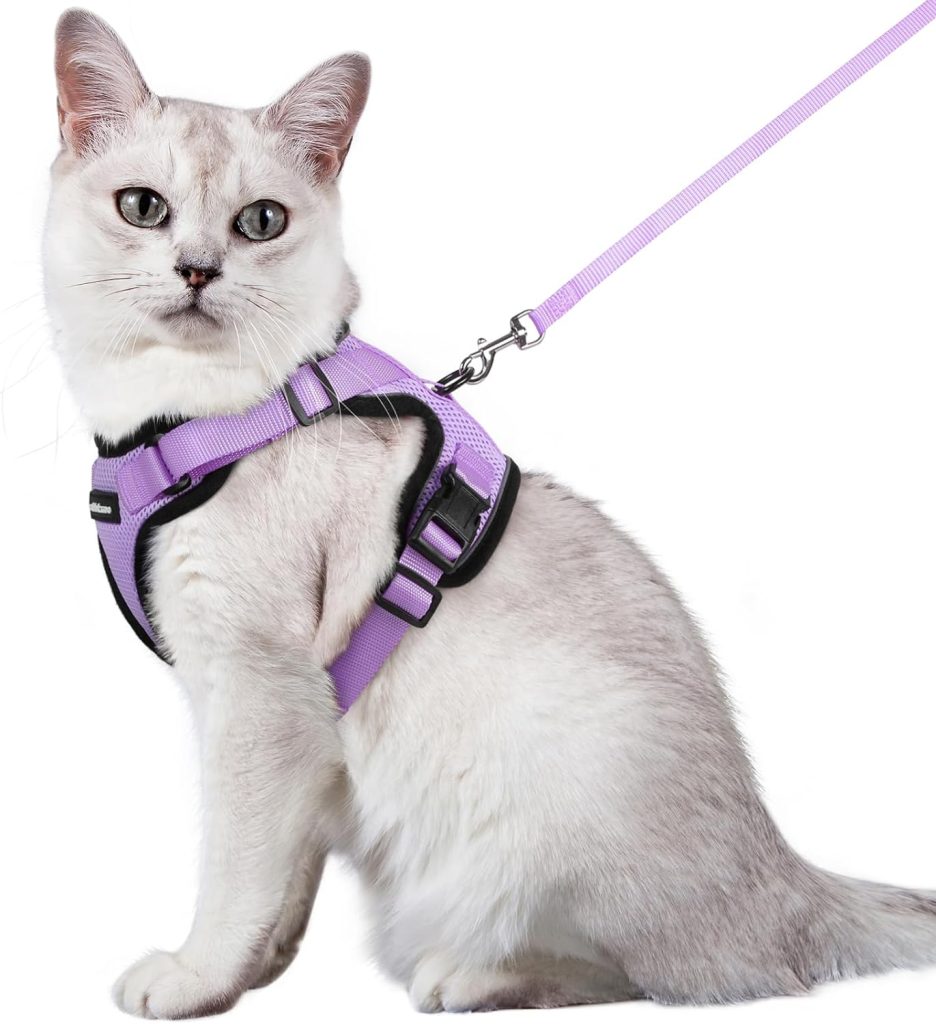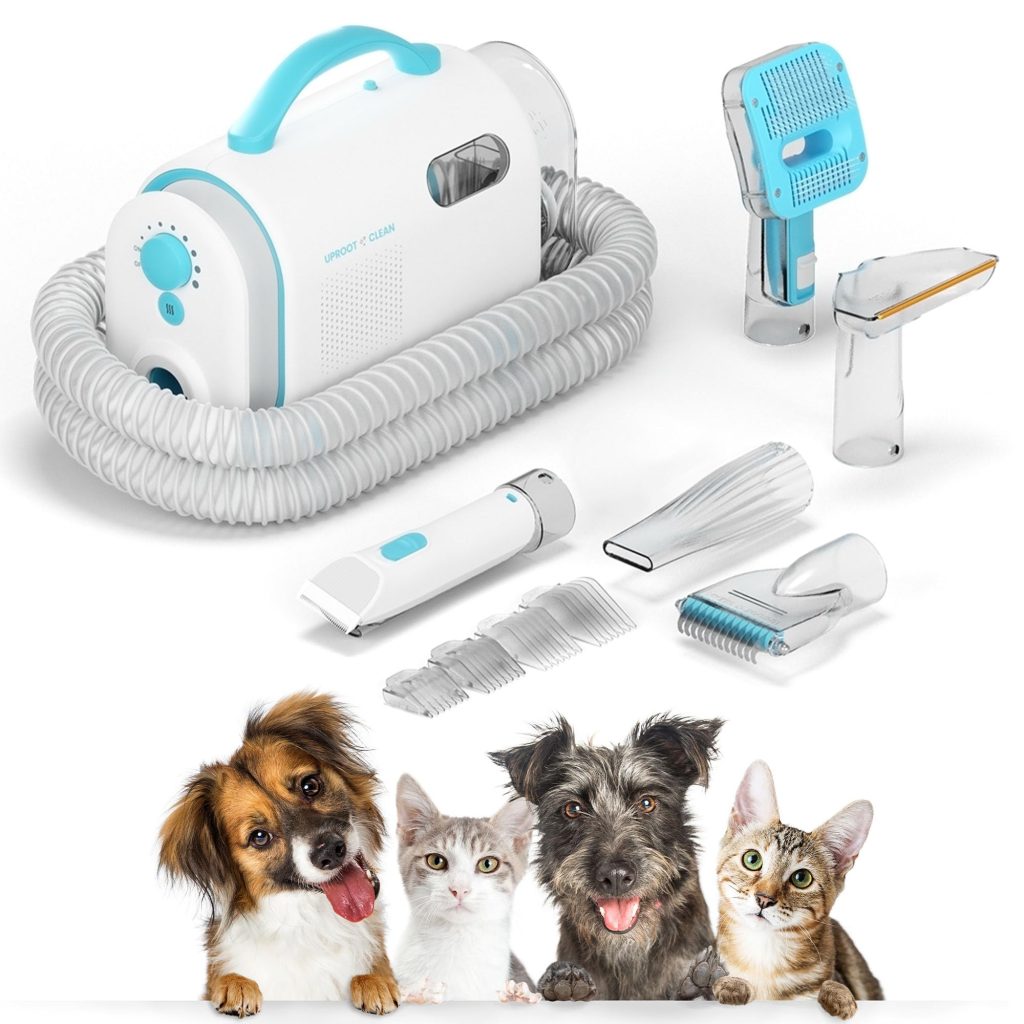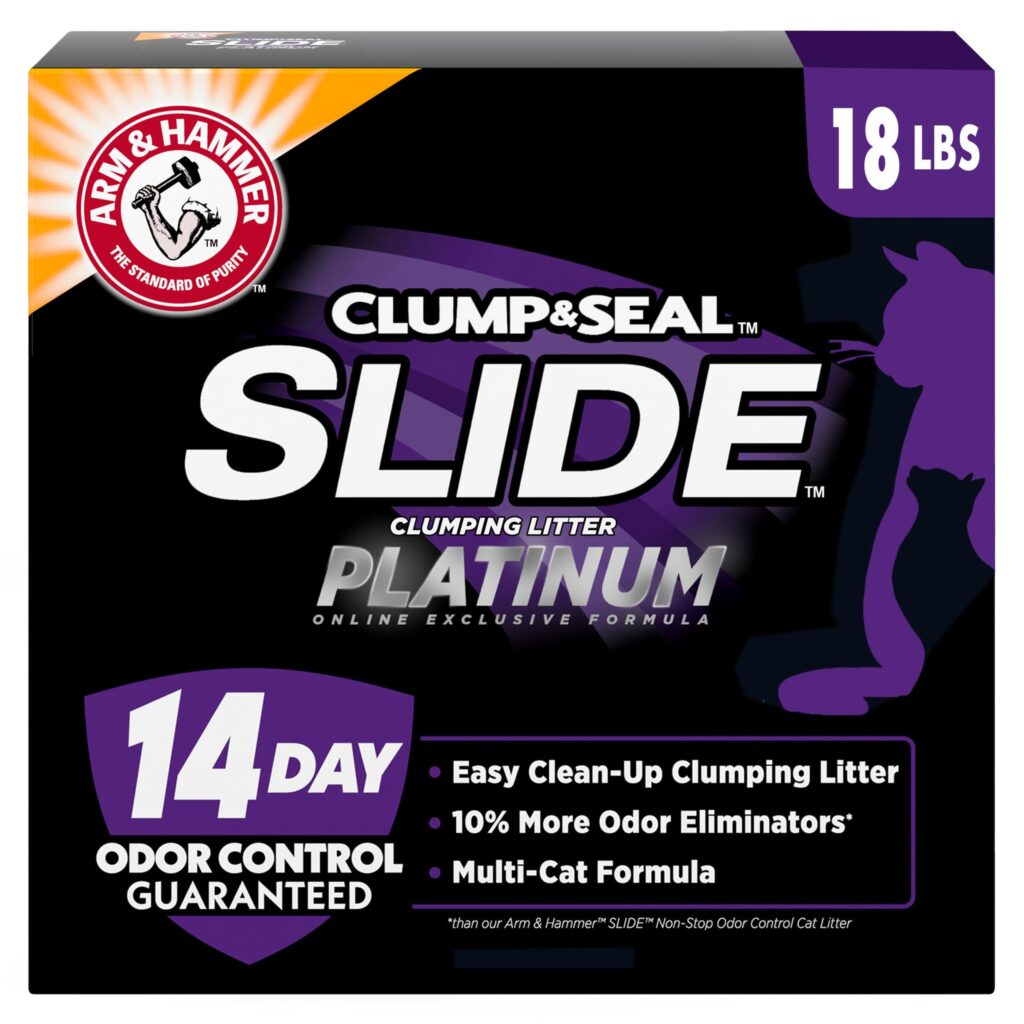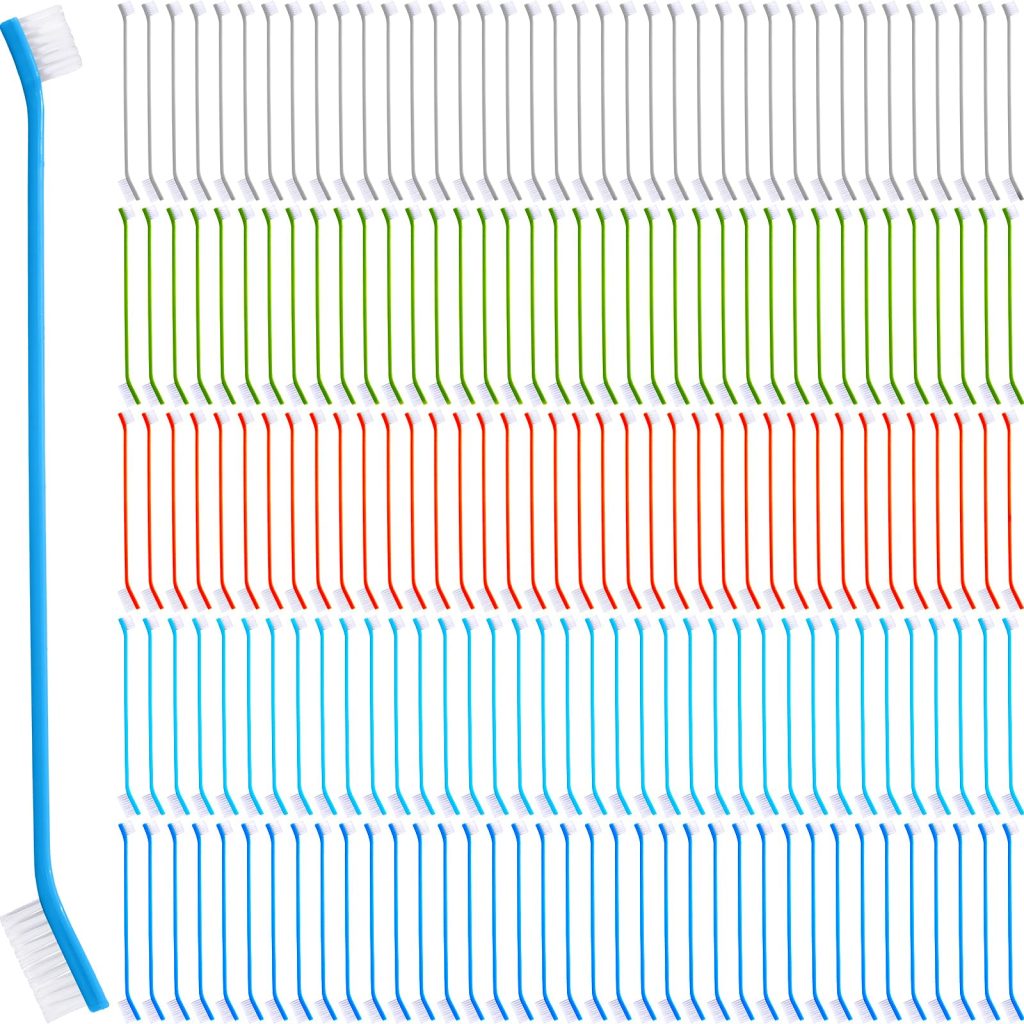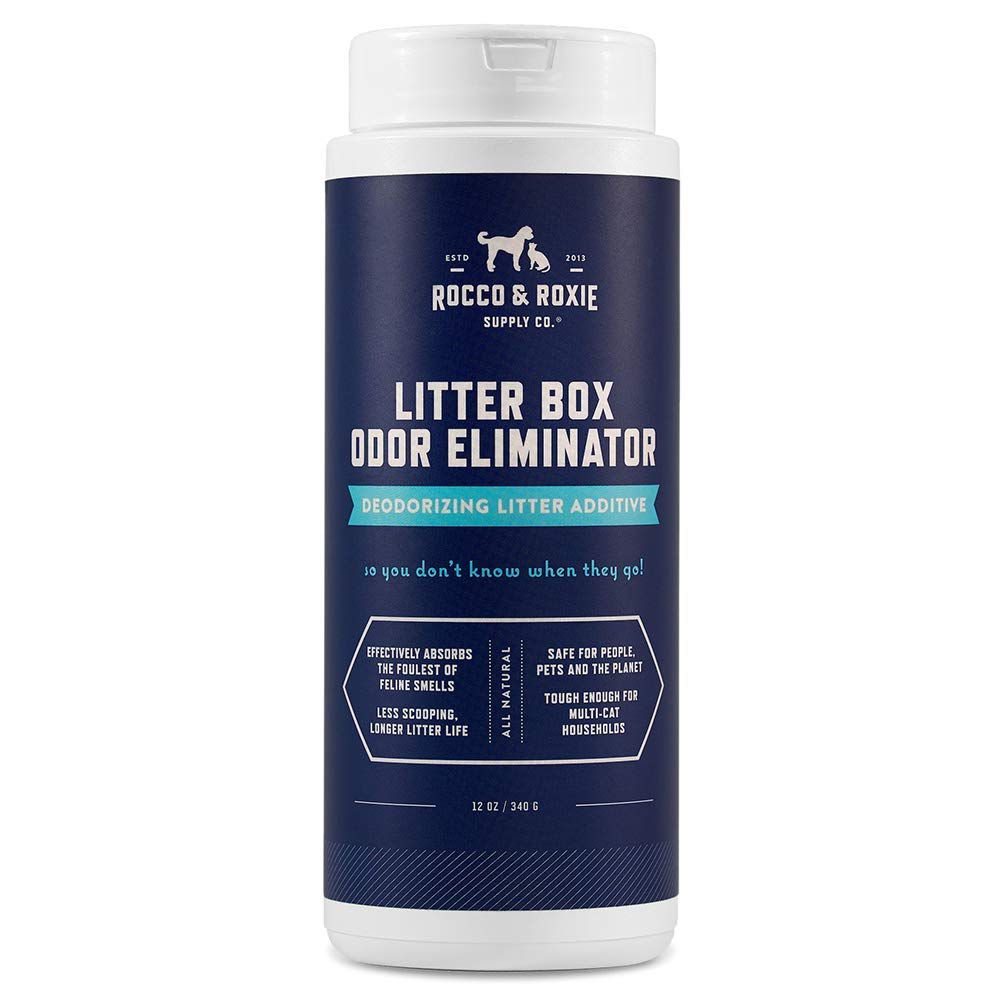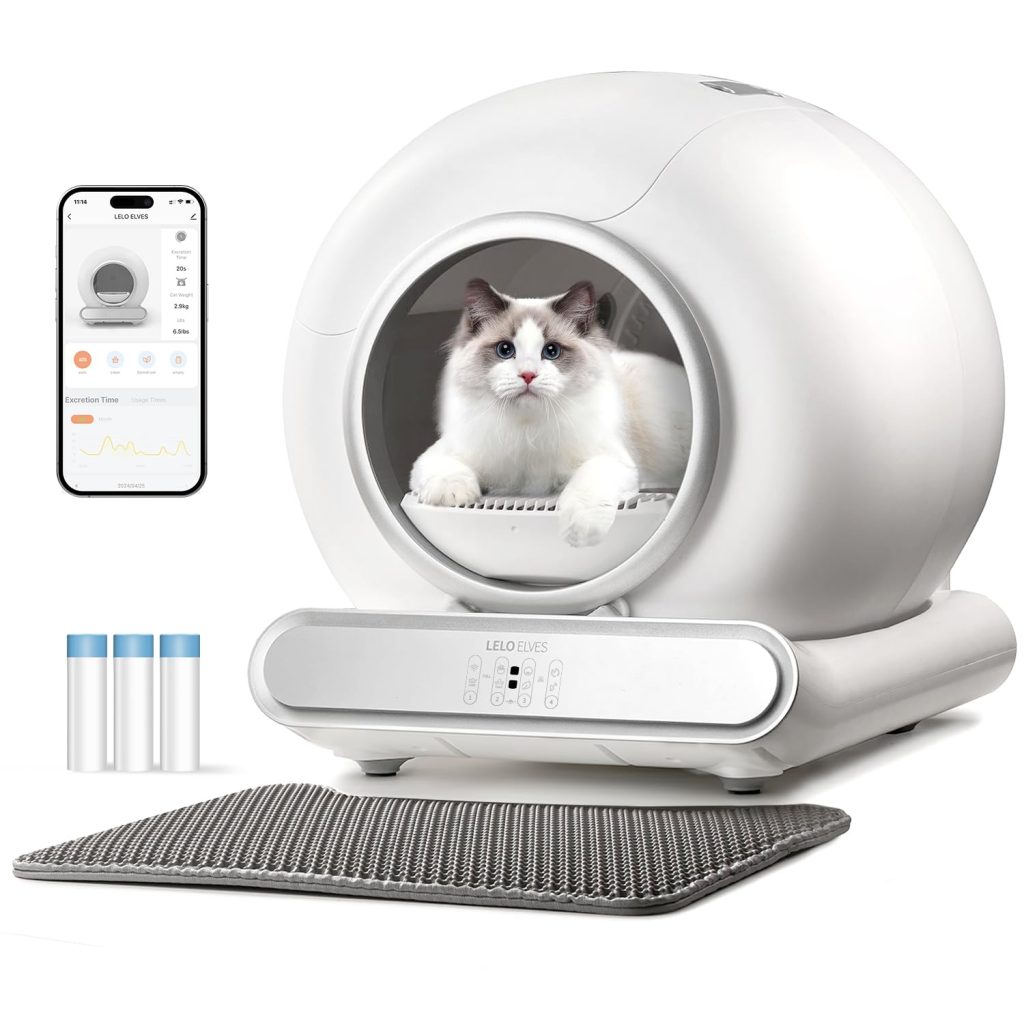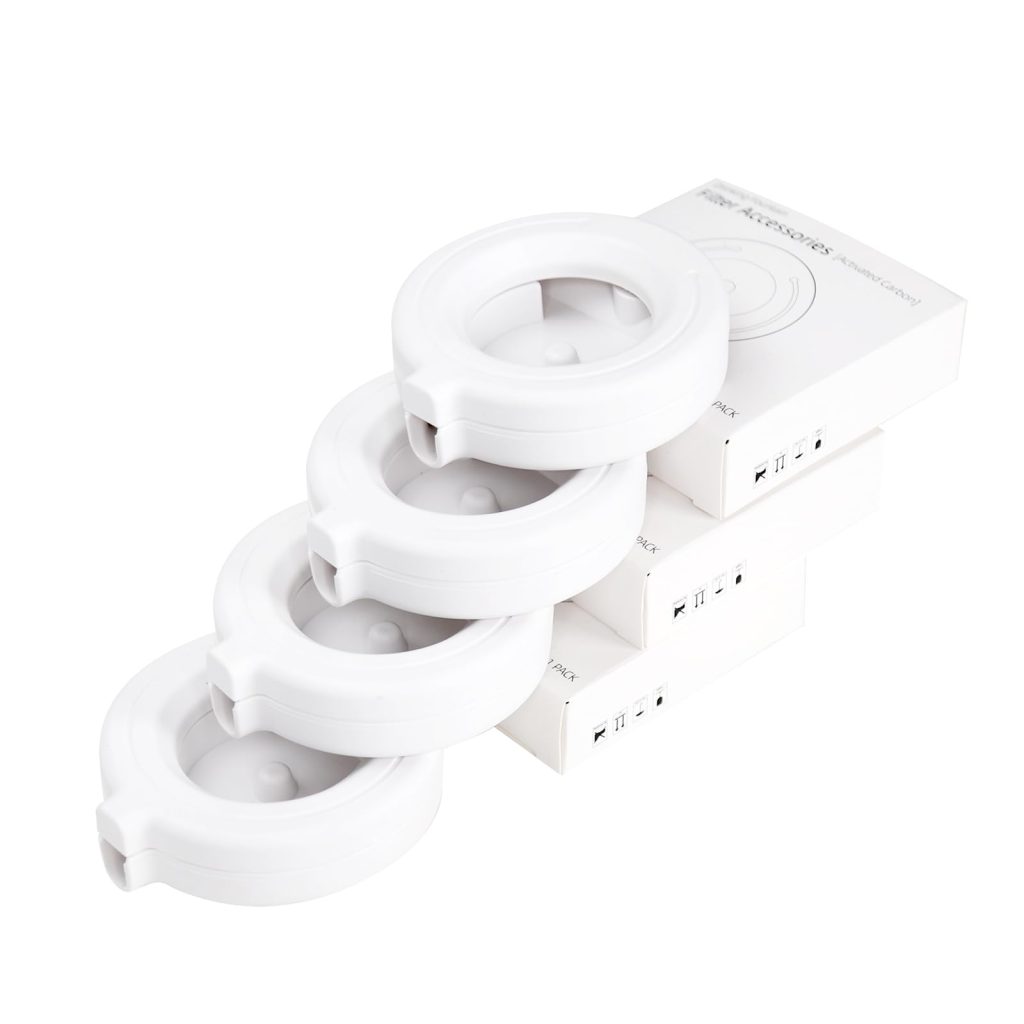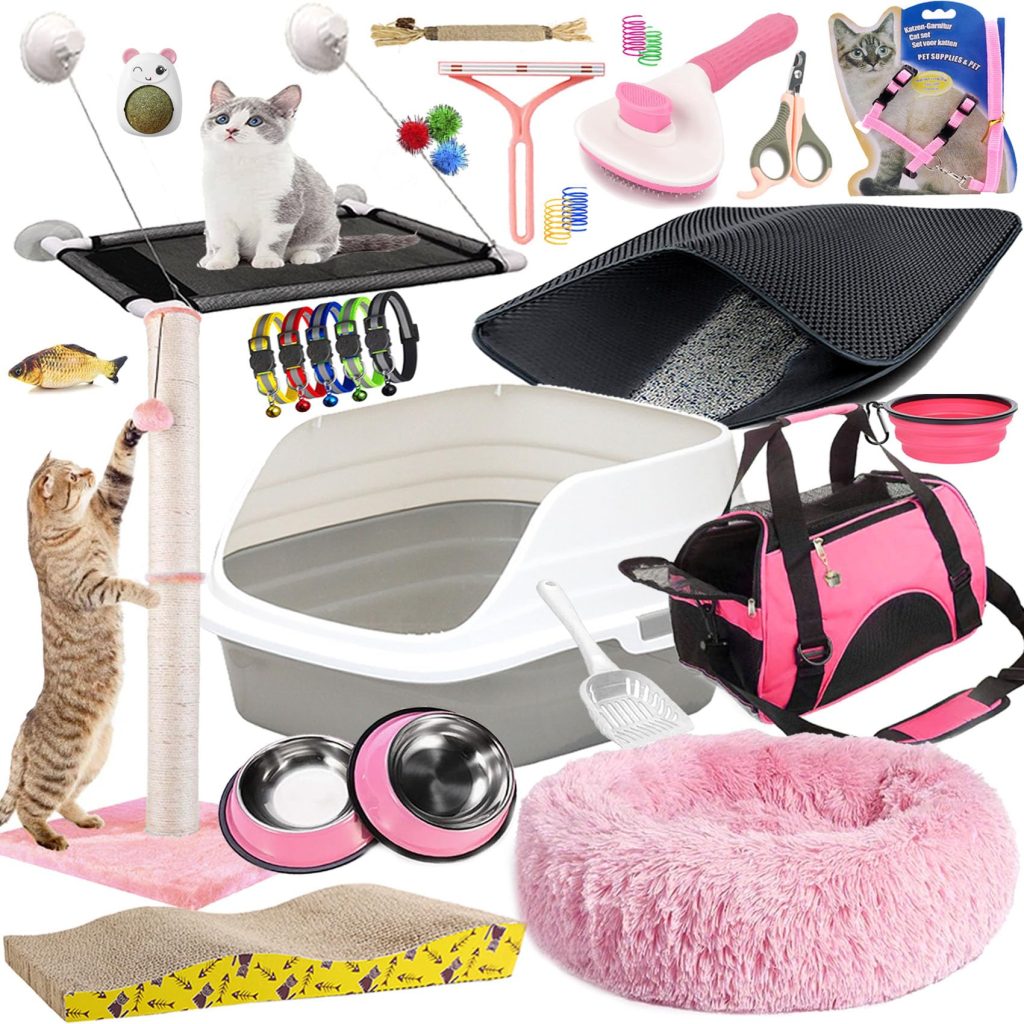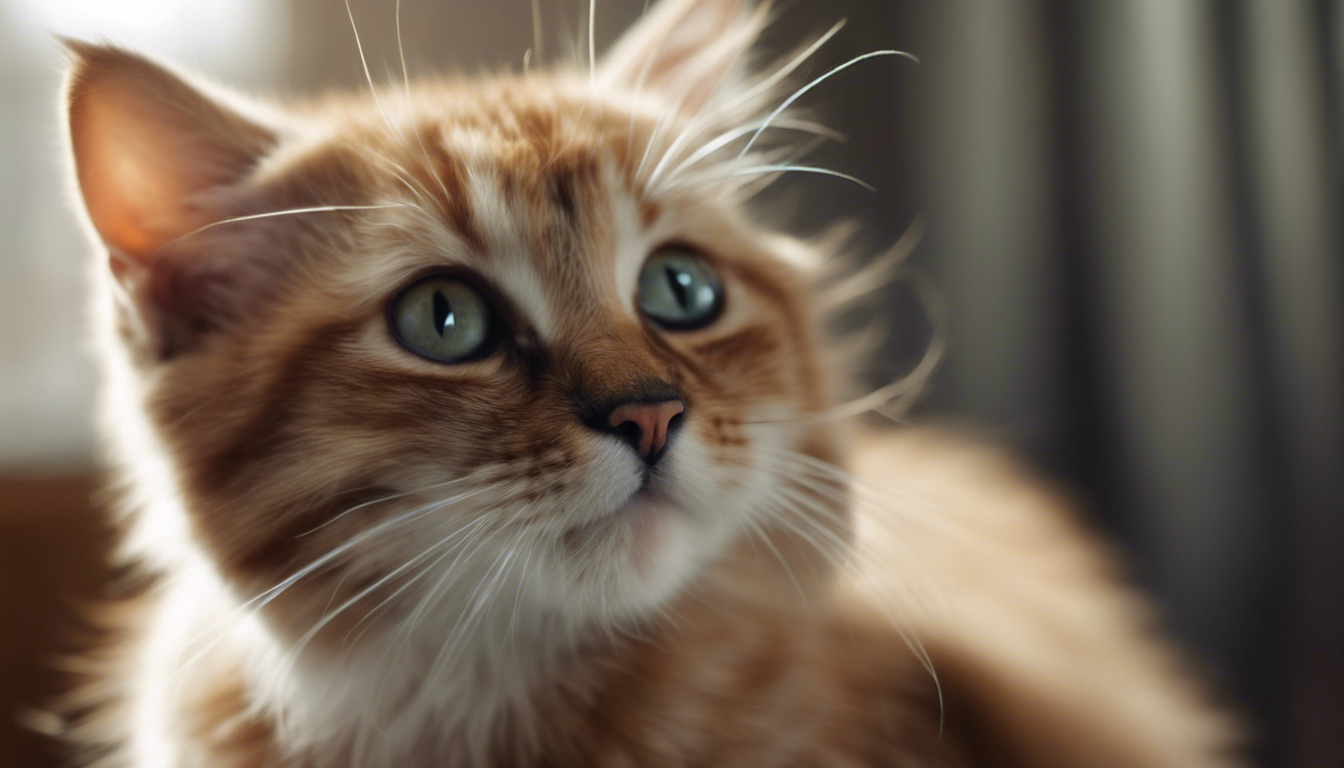
Grooming is an essential part of keeping our feline friends happy and healthy. While cats are known for their self-grooming tendencies, they still need our help to maintain their paw and claw health. Regular grooming not only ensures that your cat looks their best but also prevents potential health issues that can arise from neglected paws and claws.
Coat Care
A cat’s coat is a source of pride for them, and it requires regular attention to keep it in top condition. Regular brushing helps remove loose hair, prevents matting, and stimulates blood circulation. It is especially important for long-haired breeds, as their fur tends to tangle easily.
When brushing your cat, use a comb or brush specifically designed for their coat type. For short-haired cats, a rubber brush or grooming glove works well to remove loose hair quickly. For long-haired cats, a slicker brush or wide-toothed comb can help detangle and remove any mats gently.
Make it a pleasant experience for your cat by starting with short sessions and gradually increasing the duration as they become more comfortable. Offer treats and praise to reinforce positive associations with grooming. Remember to be gentle and avoid tugging on knots or pulling at their coat.
Claw Maintenance
Cats’ claws are essential for various activities, including climbing, hunting, and self-defense. Regular maintenance of their claws helps prevent them from becoming too long or sharp, which can lead to injury or damage to furniture and other household items.
Provide your cat with appropriate scratching posts or boards to satisfy their natural instinct to scratch. These should be sturdy and tall enough for your cat to fully stretch while they scratch. Encourage your cat to use the scratching post by sprinkling it with catnip or placing toys nearby.
Trimming your cat’s claws is another important aspect of claw maintenance. Start by getting your cat accustomed to having their paws touched and gently pressing on their pads. Once your cat is comfortable, you can gradually introduce nail clippers or a nail grinder specifically designed for cats.
Take care not to cut into the quick, the pink area within the nail that contains blood vessels and nerves. Cutting into the quick can cause pain and bleeding, which may lead to a negative association with nail trimming. If you’re unsure, consult your veterinarian or a professional groomer for guidance.
Grooming Techniques
While grooming your cat, it’s important to prioritize their safety and comfort. Here are some techniques to help make the experience pleasant for both you and your furry friend:
- Choose a quiet and calm environment where your cat feels secure.
- Start grooming sessions when your cat is relaxed, such as after a meal or playtime.
- Use treats, praise, and a soothing voice to reward your cat during grooming.
- Take breaks if your cat becomes anxious or stressed.
- Be mindful of sensitive areas, such as the stomach and tail base, and avoid overstimulation.
- If your cat becomes agitated or aggressive during grooming, ponder seeking professional help.
Regular grooming is an essential part of maintaining a happy and healthy cat. By paying attention to your cat’s paw and claw health, you can prevent potential health issues and ensure their overall well-being. Remember to approach grooming with patience, gentleness, and positive reinforcement to create a bond with your cat while keeping them looking their best.
